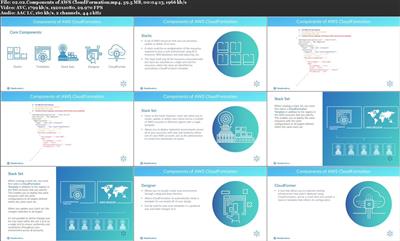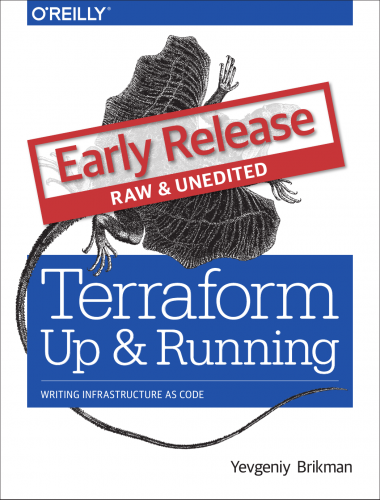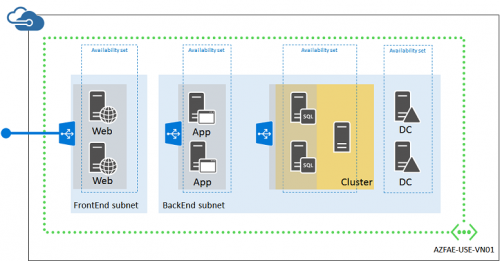
LiveLessons – Developing Infrastructure as Code with Terraform
English | Size: 7.58 GB
Category: CBT
By Robert Jordan
Published Jan 16, 2020 by Addison-Wesley Professional.
4+ Hours of Video Instruction
Cloud computing has revolutionized the IT industry over the past decade. Now that the dust is settling, IT professionals are beginning to realize that the roles, responsibilities, and practices that previously made sense need to be re-examined. Developing Infrastructure as Code with Terraform LiveLessons lays out the road ahead and teaches cutting-edge tools and practices to quickly bring existing skills up to date or to jump-start a novice career. Infrastructure as Code (IaC) dissolves the boundaries between Dev and Ops to the point where infrastructure engineering is now a software development discipline. That’s where this LiveLessons course comes in.



